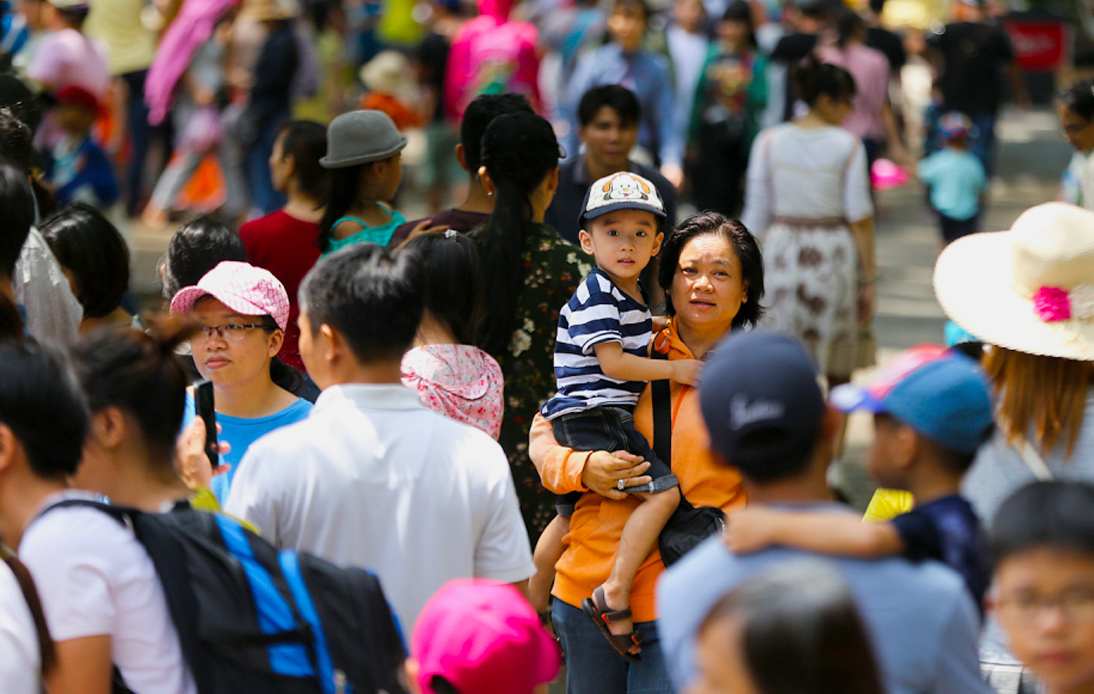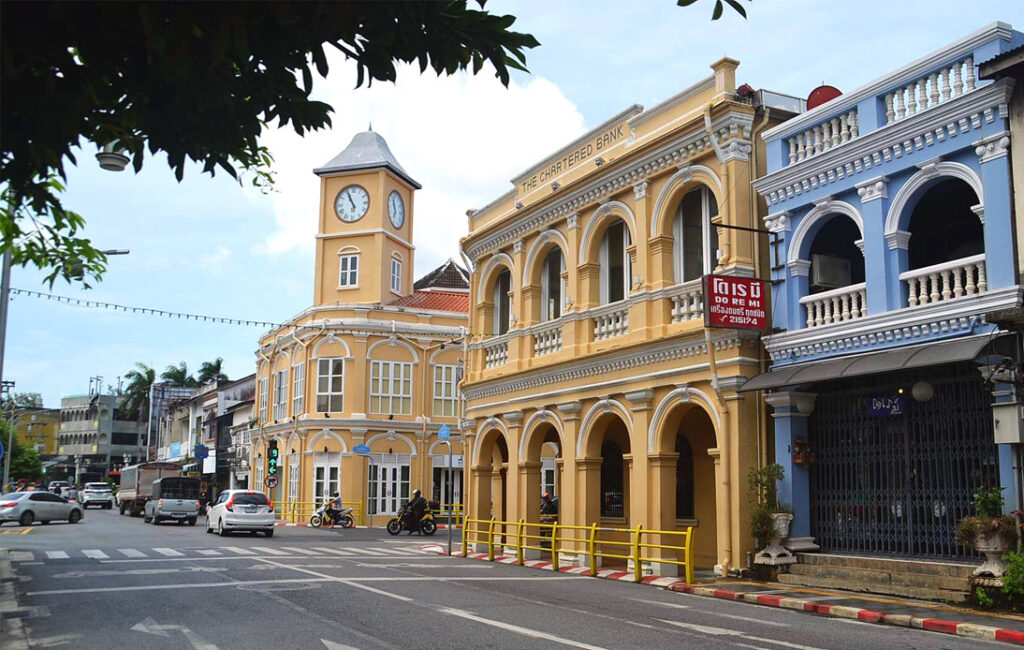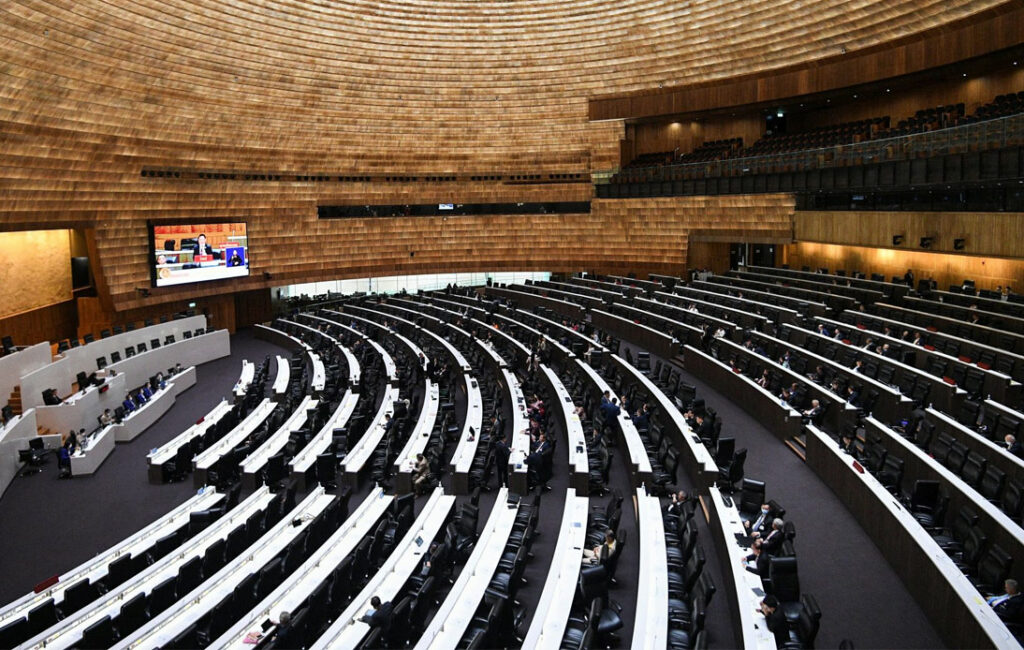
A potential population decline might reduce Thailand’s population by 50% over the next 60 years, leading the Ministry of Public Health to urgently address it by emphasizing pregnancy promotion in national policies.
On Monday, Dr. Cholnan Srikaew, the Public Health Minister, highlighted that all provinces could face challenges due to shifting age demographics.
The average fertility rate (TFR) for a woman in Thailand is 1.16, indicating that a woman typically has around 1.16 children in her lifetime. However, in Yala province, this rate is higher at 2.27.
The dip in the fertility rate started to be documented in 1993, with a recorded rate of 2.1. This decline corresponds to a drop in birth numbers.
Between 1963 and 1983, the birth rate averaged close to one million annually. Yet, in 2021, births totaled only 485,085, which fell short of the mortality rate of 550,042, as he noted.
Dr. Cholnan pointed out that predominant factors for this trend encompass economic, social, educational, and environmental challenges, with a mere 10% linked to health issues.
Without effective interventions, this year could mark the first where young workers (20-24 years) are outnumbered by those retiring (60-64 years).
The disparity between these age groups is expected to widen, resulting in workforce deficits, increased reliance on the active working population, and elevated health care costs for seniors.
“We’ve been working to promote the issue of pregnancy into the national agenda so that the government will do its job to invest in human resources development, like providing financial aid to newborn babies and assistance for infertility problems,” said Dr. Cholnan.
Dr. Kua Wongboonsin from the College of Population Studies at Chulalongkorn University mentioned that by 2083, Thailand’s population might drop to 33 million, half of the current 66 million.
The working-age population (15-64 years) could decline from 46 million to 14 million. Simultaneously, the count of infants (0-14 years) might plummet from 10 million to just one million.
However, the elderly population (65 and older) might surge from eight million to 18 million, making up half of Thailand’s total population by 2083.




















